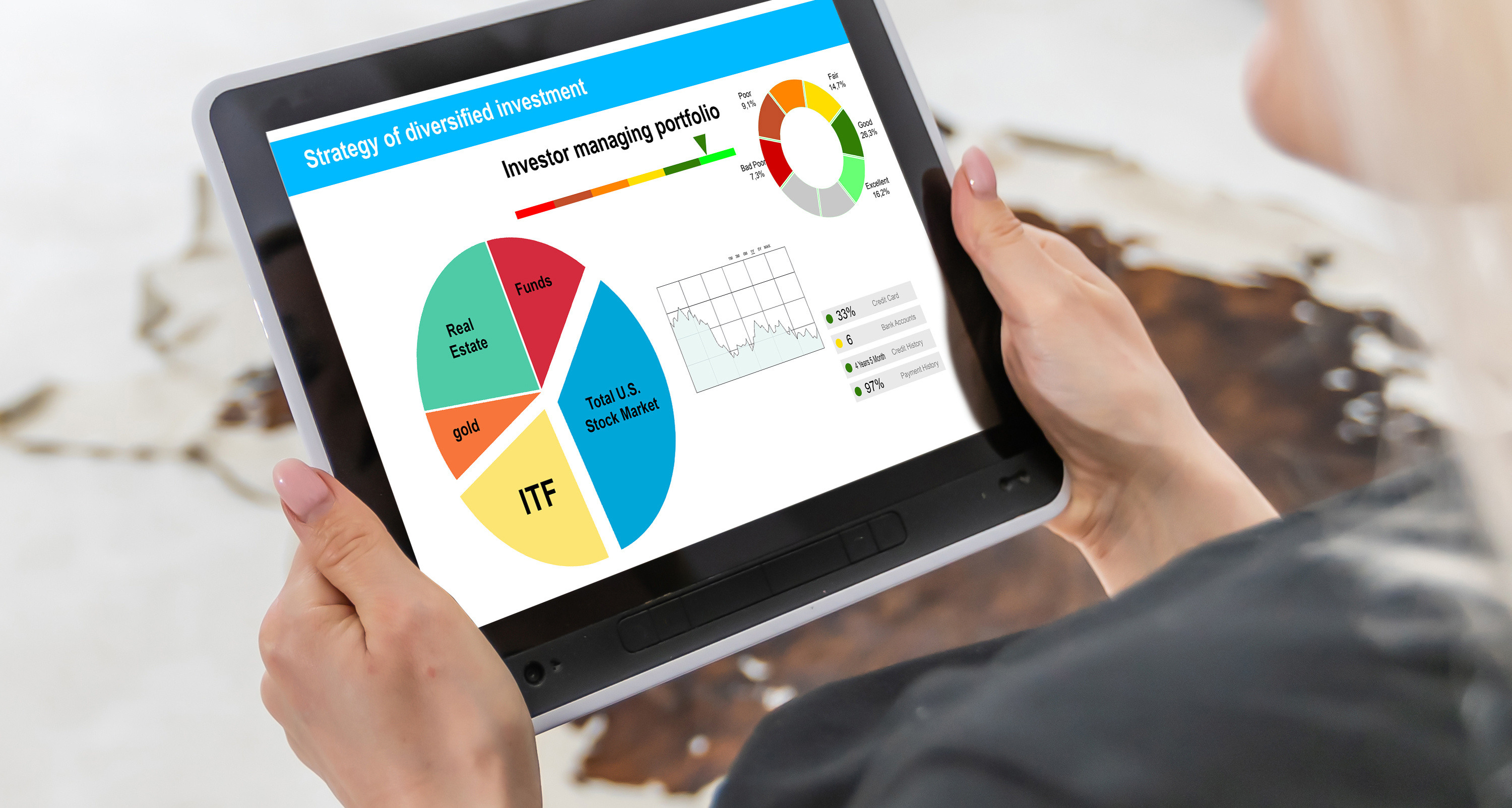Unfortunately, investing 101 is not a mandatory class for most people. If you’re not particularly interested in finance, you can cruise through high school, college, and even the beginning of your adult life with little understanding of the subject. One day, it hits you that you need to start building the future you’ve always wanted for your retirement to look like it does in your dreams.
Maybe your first employer in your adult career offers you retirement benefits and suddenly, the words “bonds,” “stocks,” and “diversified portfolio” start getting thrown at you. Don’t be ashamed if you’re unsure what these financial terms mean and how they relate to your money. Again, this is crucial information that’s left out of most curriculums.
Since you’ve made it here, you’re already on the path to educating yourself. In the future, you will be thankful you did! This guide will help you understand what makes stocks different from bonds and the benefits and risks of each. Once you’re done reading, you’ll be better prepared to make informed financial decisions that align with your goals.
What Are Bonds?
Think of bonds as loans you, the investor, make to corporations, governments, or other entities. In return for your loan, the issuer agrees to pay you regular interest (coupon payments) and return the principal amount when the bond matures. Here are some key points to remember:
- Bonds are considered fixed-income securities.
- The interest rate on bonds is typically fixed, offering predictable returns.
- Bonds are generally less risky than stocks but may offer lower returns.
For example, if you purchase a U.S. Treasury bond, you’ll receive a fixed interest payment every six months until the bond matures. This predictable income stream is why many retirees rely on bonds to fund their living expenses. But what if you’re not approaching retirement age yet, you may want to know…
What Are Stocks?Stocks represent ownership in a company. When you purchase a stock, you own a share of that company and may receive dividends (a portion of the company’s profits). Stocks are traded on exchanges, and their value can fluctuate based on the company’s performance and market conditions. Here are some key points to remember:
- Stocks are equity securities, meaning you own a piece of the company.
- Returns can come from dividends and capital appreciation.
- Stocks are more volatile than bonds but can offer higher potential returns.
For example, say you buy shares of a well-known company like Apple. If the company performs well, the value of your stock may increase, and you could receive dividends. However, if the company faces challenges, the stock price might drop, impacting your investment. This shows why people closer to retirement may invest more heavily in bonds than stocks. More info on that to come…
Risk vs. Reward: Understanding the Trade-Off
The fundamental difference between bonds and stocks lies in their risk and reward profiles. During economic downturns, bonds tend to be less affected than stocks. For instance, in the 2008 financial crisis, many investors turned to U.S. Treasury bonds as a haven.
On the other hand, investing in tech stocks like Amazon or Tesla during their growth phases has led to substantial returns for early investors. However, these stocks also experience sharp price fluctuations, illustrating the high risk associated with equities. Let’s further break down these risk and reward profiles…
Bonds
- Lower Risk: Bonds are typically less volatile because they offer fixed interest payments.
- Steady Income: Ideal for conservative investors seeking regular income.
- Inflation Risk: Bond returns may be eroded by inflation over time.
Stocks
- Higher Risk: Stock prices can be highly volatile, influenced by company performance, economic conditions, and market sentiment.
- Growth Potential: Stocks have the potential for significant capital gains, making them suitable for growth-oriented investors.
- Dividend Income: Some stocks pay dividends, providing regular income with the potential for price appreciation.
How to Choose Between Bonds & Stocks
Bonds may be the right choice if you are looking for stability and income. Again, they are particularly beneficial for retirees with a conservative risk tolerance. For example, a couple that fits this profile might allocate a significant portion of their portfolio to bonds to ensure they receive steady income throughout their retirement.
Stocks may be suitable if you have a higher risk tolerance and are looking for growth. Younger investors should consider investing in stocks because they have more time to recover from market downturns. Also, the compounding returns can help them reach their long-term goals. For example, a professional in their thirties might prioritize stocks in their portfolio, aiming for wealth accumulation over the next 20 to 30 years.
Diversification: The Best of Both Worlds
Many investors find that combining bonds and stocks provides a balanced approach. This strategy, known as diversification, helps to spread risk and can lead to more stable returns over time. Some benefits of diversification are…
- Risk Mitigation: Reduces the impact of a poor-performing asset class on your overall portfolio.
- Steady Returns: Bonds can provide stability during stock market downturns.
- Growth Potential: Stocks offer the opportunity for higher returns, boosting overall portfolio performance.
Making the Right Choice for You
Deciding between bonds and stocks depends on your financial goals, risk tolerance, and investment timeline. Bonds offer relatively safe and steady income, while stocks provide growth potential. A diversified portfolio that includes bonds and stocks is the optimal approach for most investors. It balances risk and reward, offering opportunities while protecting against market volatility. Understanding the options empowers you to confidently make informed decisions that align with your investment strategy and build a portfolio that supports your financial future. Most importantly, always consider your financial situation and consult a financial advisor.
.png)
.png?width=440&height=102&name=Wealth%20Conservatory%20Logo%20(1).png)


